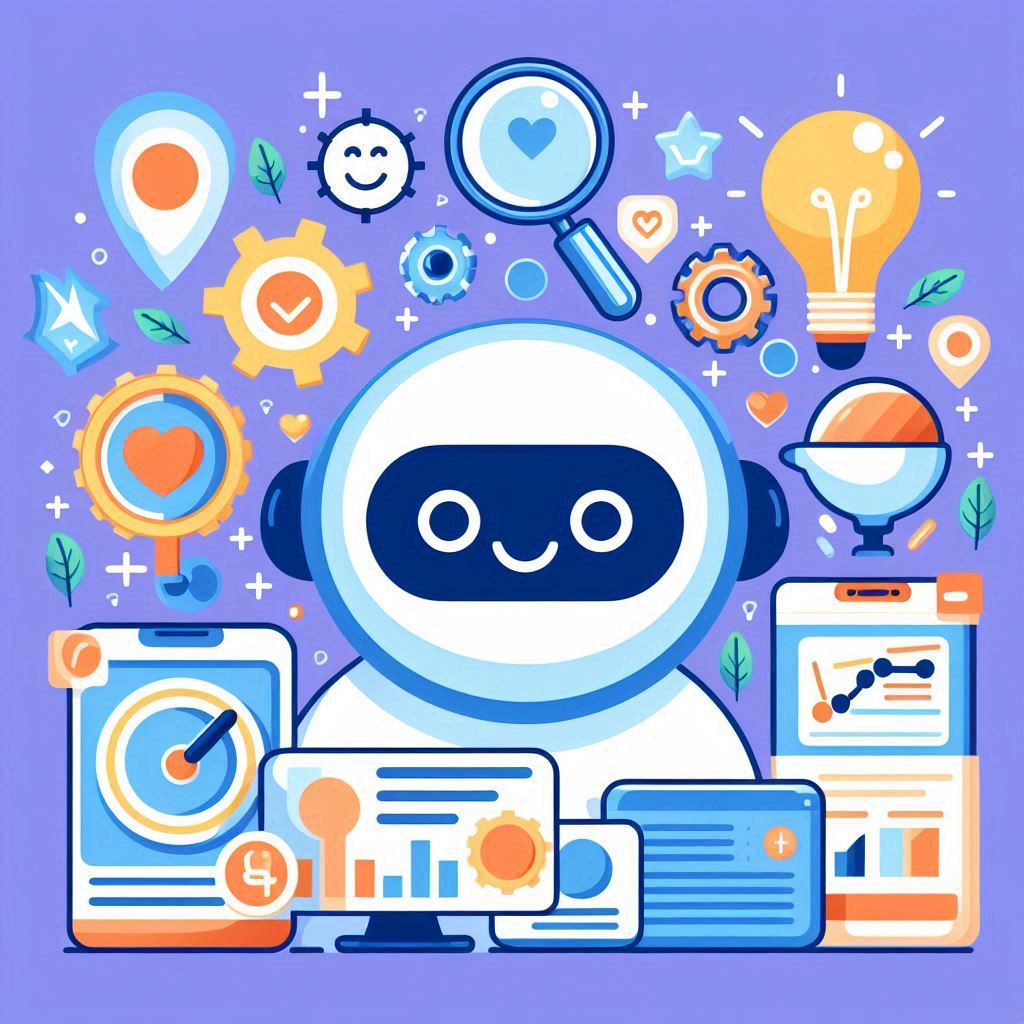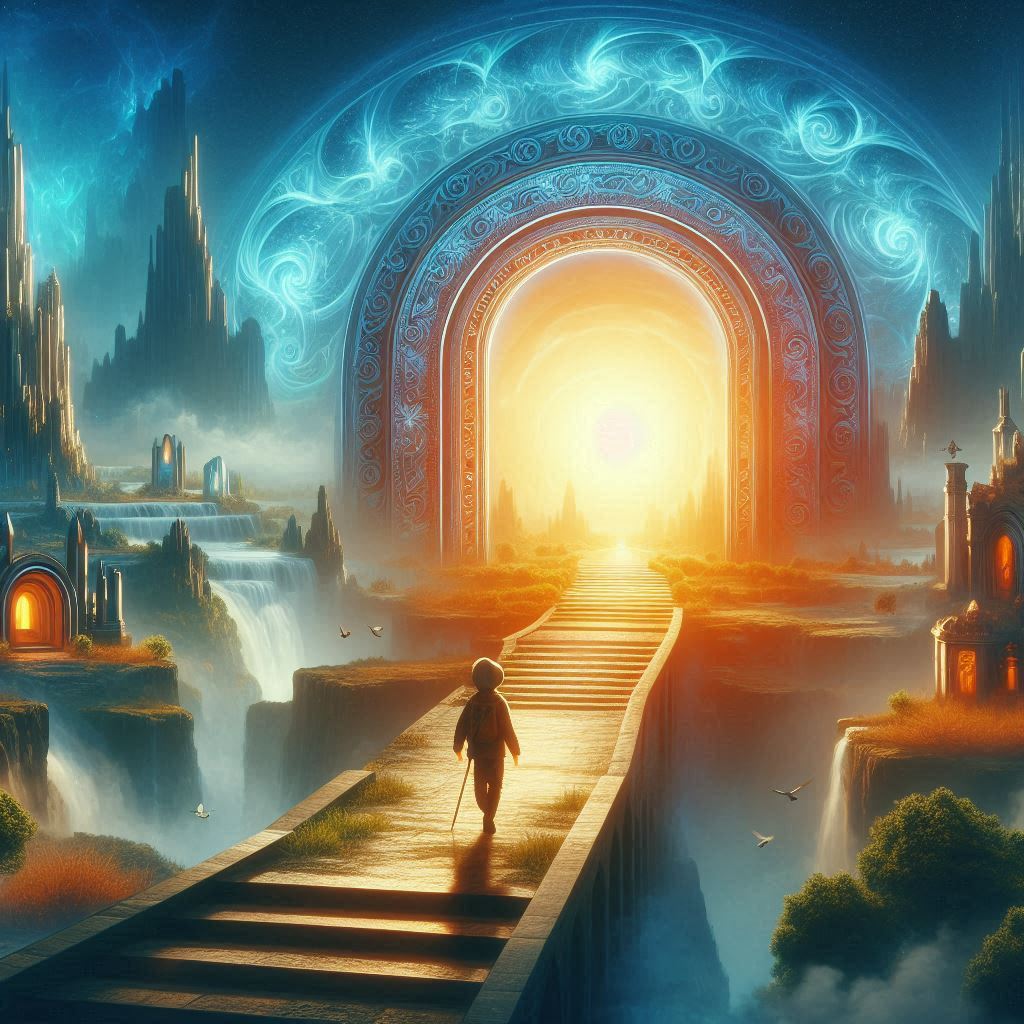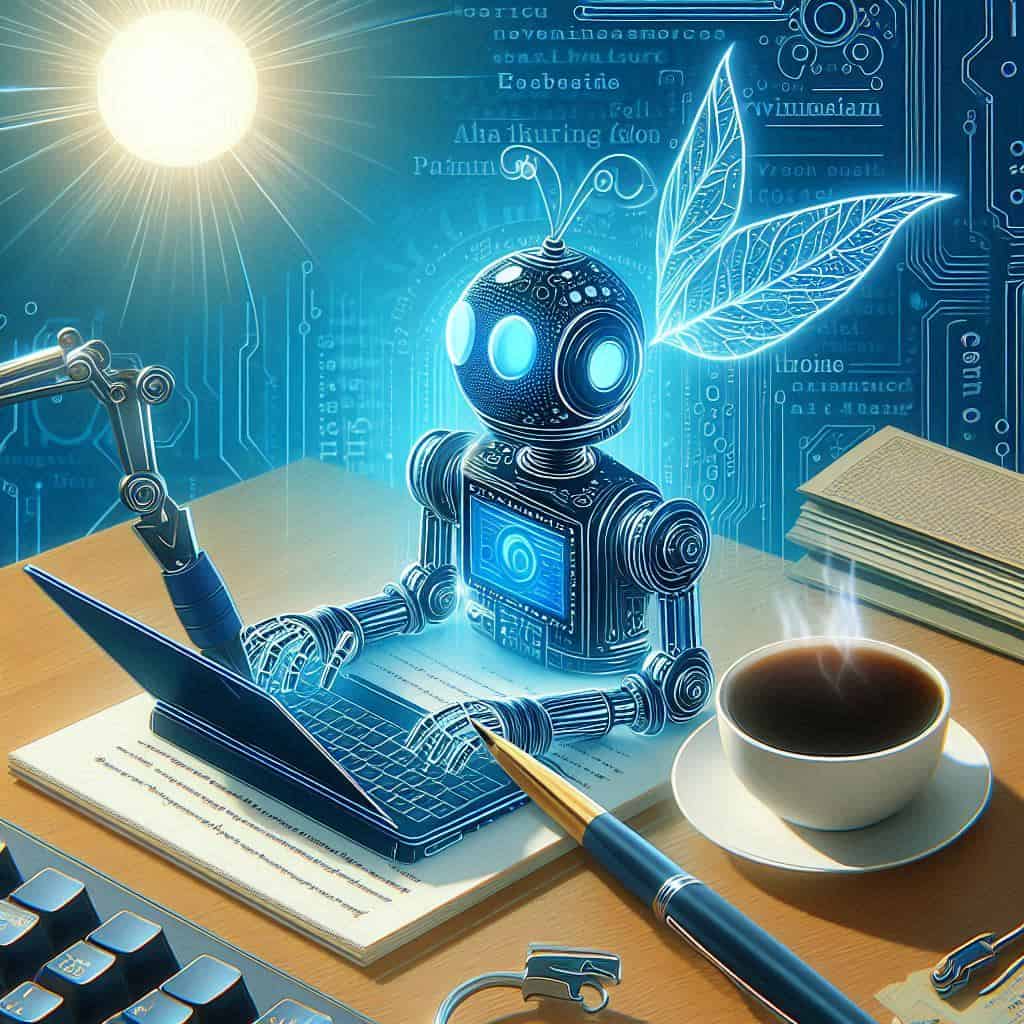
Enter the Realm of Imagination: A Guide to Fantasy World Building with AI
- Genre-Specific AI Writing

Yes, you can absolutely use AI to help you build fantasy worlds! AI tools can:
- Help you come up with ideas when you’re feeling stuck.
- Generate detailed descriptions of places and people.
- Even create maps and write stories.
If you’re interested in learning how AI can help you build your own fantasy world, keep reading for a guide to the best AI tools and tips for using them effectively.
Enter the Realm of Imagination: A Guide to Fantasy World Building with AI
The allure of fantasy worlds has captivated readers and viewers for centuries. From the sprawling landscapes of Middle-earth to the intricate societies of Westeros, these imaginative realms offer escape, adventure, and endless possibilities. At the heart of every compelling fantasy story lies a well-crafted world, a tapestry woven from intricate details and boundless creativity. Fantasy world building is the art of crafting these fictional realms, breathing life into landscapes, creatures, cultures, and histories that transport audiences to new and exciting places.
Traditionally, world building has been a solitary endeavor, a realm where writers and creators toil alone, meticulously shaping their creations. However, a new era is dawning, an era where artificial intelligence (AI) is transforming the landscape of world building. AI-powered tools are emerging as invaluable companions, offering creators a wealth of resources and capabilities to enhance their craft. From generating maps and designing creatures to developing cultures and crafting intricate magic systems, AI is democratizing world building, making it more accessible and empowering creators to reach new heights of imagination.
Building the Foundations: Core Elements of Fantasy Worlds
Before delving into the world of AI, let’s first explore the fundamental building blocks of a compelling fantasy world. Whether you’re crafting a high-fantasy epic or a whimsical fairytale, these core elements form the foundation of your creation:
Setting: Crafting Immersive Environments
The setting is the stage upon which your story unfolds, shaping the environment, atmosphere, and possibilities within your world. A well-defined setting immerses readers in the sights, sounds, and even smells of your creation.
- Consider the geography: Are there towering mountains, dense forests, or vast deserts? Imagine the climate: Is it a land of perpetual summer, harsh winters, or unpredictable storms?
- AI tools like WriteCream’s World Building Generator can help you create detailed descriptions of locations, generate maps based on your input, and even suggest potential environmental challenges your characters might face.
Species and Races: Adding Depth to Your World
Populating your world with unique and diverse creatures and races adds depth and intrigue. From the noble elves to the industrious dwarves, these inhabitants shape the culture, conflicts, and dynamics of your world.
- Think beyond the traditional fantasy tropes: What unique abilities or physical characteristics define your races? How do their cultures and societies differ from one another?
- AI can be an invaluable tool for designing new creatures, suggesting potential societal structures, and generating descriptions that bring your races to life.
Cultures and Societies: Creating Believable Interactions
Believable cultures and societies ground your world in reality, making it feel lived-in and relatable. Develop social norms, traditions, languages, and beliefs that shape how your characters interact and navigate their world.
- Explore political systems: Is it a feudal kingdom, a sprawling empire, or a loose confederation of tribes? Consider religious beliefs: Are there multiple gods, ancient spirits, or a single all-powerful deity?
- AI tools can assist in generating cultural details, crafting unique languages, outlining political structures, and even suggesting potential historical events that have shaped your societies.
Magic System: Defining the Rules of Wonder
Magic is a staple of many fantasy worlds, adding an element of wonder and the supernatural. However, a well-defined magic system is crucial to maintain consistency and prevent plot holes.
- Establish clear rules and limitations: How is magic accessed? What are its sources and consequences? Are there different schools of magic with varying strengths and weaknesses?
- AI can help you brainstorm ideas for magic systems, generate descriptions of magical artifacts, and explore the impact of magic on your world’s technology, society, and environment.
History: Weaving the Tapestry of Time
Every world has a past, a tapestry of events, conflicts, and legends that have shaped its present. A rich history adds depth and intrigue, providing context for your characters’ actions and motivations.
- Create a timeline of major events: Were there ancient wars, cataclysmic disasters, or periods of great prosperity? Develop compelling lore: What legends and myths are passed down through generations?
- AI tools can assist in generating historical timelines, suggesting potential conflicts and pivotal events, and even crafting captivating backstories for key figures in your world’s past.
Harnessing the Power of AI: Tools and Techniques
Now that you have a grasp of the core elements, let’s explore how AI can become your trusted ally in the world-building process. A myriad of AI-powered tools and platforms are available, each offering unique capabilities and approaches to assist creators:
AI World Building Generators
Tools like WriteCream’s World Building Generator offer a comprehensive approach, allowing you to input basic parameters such as genre, setting, and themes. The generator then leverages sophisticated algorithms to create detailed descriptions of locations, cultures, histories, and even magic systems.
AI Writing Assistants
Sudowrite is an example of an AI writing assistant specifically designed to help writers overcome writer’s block and enhance their creativity. It can suggest plot ideas, generate character descriptions, and even help you craft compelling dialogue.
AI-Powered Games
AI Dungeon is an innovative example of an AI-powered game that allows you to create and explore infinite text-based adventures. It uses natural language processing to generate dynamic stories that respond to your choices, making every playthrough unique.
Understanding AI Models
As you explore different platforms, consider the specific AI models they employ:
- Text Generation Models (e.g., GPT-3): These models excel at generating human-like text, making them ideal for crafting descriptions, dialogues, and even entire stories.
- Image Generation Models (e.g., DALL-E 2): These models can generate images from text descriptions, allowing you to visualize your creatures, landscapes, and even entire cities.
Tips for Effective AI-Assisted World Building
To make the most of these tools, keep these tips in mind:
- Crafting Effective Prompts: The quality of your prompts directly impacts the output of AI tools. Be specific, provide context, and use evocative language to guide the AI in the right direction.
- Embrace an Iterative Process: AI-generated content is a starting point, not a finished product. Refine the AI’s output, add your own personal touches, and don’t hesitate to deviate from the generated suggestions if inspiration strikes.
- Combating AI’s Tendency Towards Positivity: Experiment with prompts that explicitly ask for negative attributes, flaws, or challenges.
- Finding Inspiration and Sparking Creativity: AI tools can be invaluable for brainstorming ideas, generating unexpected twists, and breaking free from creative ruts.
Navigating the Ethical Landscape of AI in Creative Fields
As with any powerful technology, the use of AI in creative fields raises ethical considerations that deserve careful attention:
- Copyright Issues: Stay informed about legal changes regarding AI-generated content.
- AI Replacing Human Artists: View AI as a tool that enhances, not replaces, human creativity.
- Transparency and Attribution: Clearly attribute the role of AI in the creative process.
Learning from the Masters: Case Studies and Examples
Examining how others have used AI for world building can provide valuable insights and inspiration. Here are a few examples:
- Nathaniel St. Pierre’s Custom GPT Storytelling World Builder: This project demonstrates how a custom-trained GPT model can be used to generate cohesive and detailed world descriptions.
- AI-Assisted Fantasy Novel “The Priory of the Orange Tree” by Samantha Shannon: Shannon reportedly used AI tools to help
Share:

